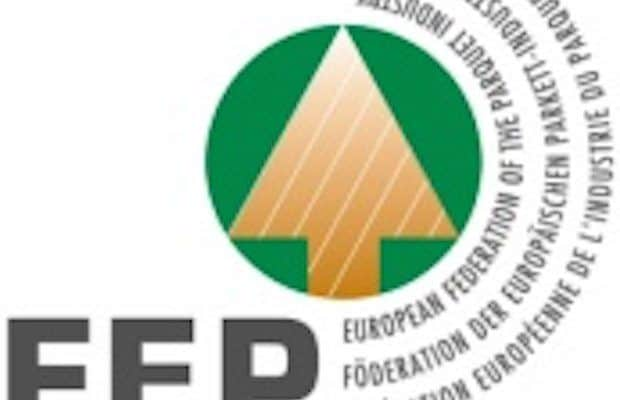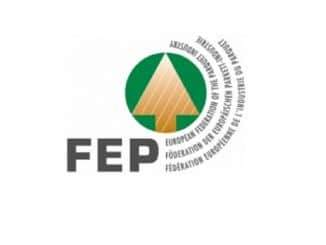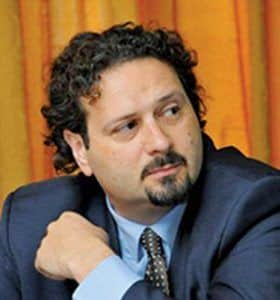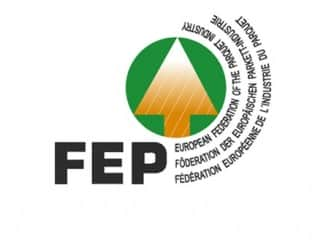
The Board of Directors of the European Federation of the Parquet industry, FEP, met physically on 21 October 2021, at the occasion of the 45thFEP Parquet Congress held in Athens, and discussed amongst others the parquet situation on the European markets.
Consumption of parquet has increased on all European markets during the 1stsemester 2021 when compared to the same period in 2020 and whatever the strictness of the covid-19 related measures taken at that time in the different countries.
Renovation, and adaptation of homes to “post-covid-19” life, is still the driver of the parquet consumption growth. The market is expected to progress further until the end of the year but at a slower pace as consumers are restarting to spend in activities and areas which were limited during the sanitary crisis.
However, availability and affordability of raw materials remain critical and the situation is not forecast to stabilise before spring 2022. Logistics and freights are also an issue while shortages of (skill) labour forces for manufacturing and installing parquet are increasingly reported by operators. A brief per country recap is provided in the table below.
Market overview
| Austria
|
Consumption of parquet rose by 10% on the Austrian market during the 1st half of 2021. The market is now slowing a bit but is still and should be positive for the rest of the year. Raw material (oak, spruce) availability is an important issue.
|
| Croatia | The Croatian parquet market is improving compared to a critical year 2020. Investments are restarting and demand for new buildings is increasing.
|
| France
|
Compared to the first semester 2020, characterised by two months of lockdown, French consumption shows a double-digit growth for the first semester 2021. If compared to the same period in 2019, it shows an increase of 5%. DIY is still one of the drivers of the demand while sourcing of raw materials is and will probably remain an issue until spring 2022.
|
| Germany
|
German consumption of parquet rose by 8-10% during the first half of 2021 compared to last year. The market is now flattening when compared to the 3rd quarter 2020 which showed already positive developments. Availability of raw materials remains an issue.
|
| Italy
|
The Italian market for parquet grew by 6-7% during the 1st semester 2021 supported by renovation, new buildings remaining subdued. Wood availability is critical.
|
| Nordic cluster
|
Scandinavia in general is showing the same trends as Sweden, with a still good demand, supposed to remain high in the coming months, but there are problems of supplies.
|
| Spain
|
The Spanish market for parquet is stable with low import-export flows and shortages of raw materials and labour.
|
| Sweden
|
Parquet consumption in Sweden showed a double-digit growth during the first six months of the year thanks to a refurbishment rate reflecting the adaptation to “post-covid-19” way of living. However, traffic in retail shops is diminishing and expenses are starting to be dedicated to other activities which were not possible during the sanitary crisis. New buildings are also delayed due to a lack of concrete. |
| Switzerland | The Swiss parquet market increased by 9.6% during the 1st semester 2021 compared to the same period in 2020. This development is supported by the new habits created by the sanitary crisis: extra room, home office… It is nevertheless difficult to predict how long will last this positive situation.
|
FEP General Assembly & Parquet Congress 2022
After a successful 45thParquet Congress physically held in Athens on 21 & 22 October 2021, the FEP’s 66thGeneral Assembly and 46thParquet Congress are scheduled on 9 & 10 June 2022 in the surprising city of Hamburg, Germany.



